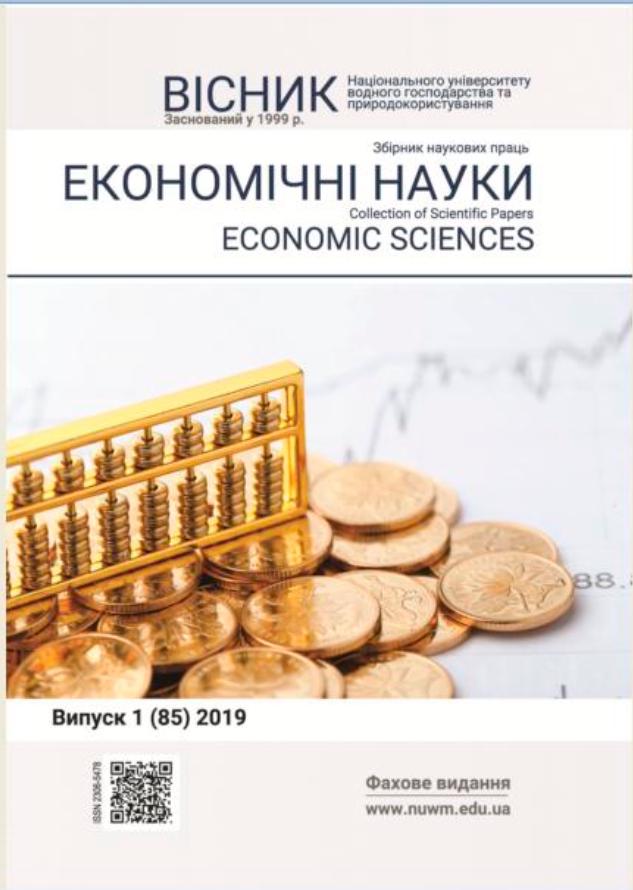POTENTIAL OF CREATIVE INDUSTRIES IN DEVELOPMENT OF THE BANKING SECTOR OF THE NATIONAL ECONOMY
DOI:
https://doi.org/10.31713/ve120194Keywords:
creative industry, development, banking sector, potential, national economy.Abstract
The pace of development of the banking sector of Ukraine is highly dependent on fluctuations in macroeconomic indicators and the value of the national currency in international currency markets. The main share of Ukrainian exports is products with low positive value and low competitiveness.Investigating the sequence of economic development of creative industries, which, unlike others, reflect the process of transition from transfer of resources to knowledge transfer in the conditions of origin and growth of the intellectual sphere of the economy and implemented through the stage of rapid growth of market share and increased competition, which allows to form key elements of the next phase the development of creative industries: the deepening of specialization, the creation of unique technologies and the formation of clusters, the transition through which characterizes the high level development of creative industries. The improvement of this sequence is necessary to describe opportunities for expanding the economic development potential of the participants of the banking sector, which is formed through active interaction with creative and intellectualindustries. Spheres for implementing this interaction can be advertising technologies, investment and innovation activities, collection and analysis of information, improvement of interactivity and creation of mechanisms of virtual cooperation with the client, etc.These areas enable to expand the range of banking services andincrease their own competitiveness. This makes the national economy dependent on fluctuations in prices on international commodity markets. At the present time, more than ever, it is important to study the potential of creative industries, which is due to the need to ensure the stability of the banking system and to promote the further growth of the national economy as a whole. Therefore, there is a need for a detailed consideration of this problem in order to find optimal and perspective solutions for the transformation of the banking sector to ensure its promotion in improving the potential of the national production industry.References
Bell, Daniel. The Coming of Post-Industrial Society. New York : Harper Colophon Books, 1974.
Glaeser, E. (2005). “Review of Richard Florida's The Rise of the Creative Class”. Regional Science & Urban Economies. (5): 593–596.
Florida, R. (2005b) Cities and the Creative Class, New York : Routledge.
Andy, C. Pratt (2008). Creative Cities : The Cultural Industries and the Creative Class. Geografiska Annaler. Series B, Human Geography. Vol. 90. No. 2 (2008), pp. 107–117.
Eikhof, Doris Ruth and Axel Haunschild “Lifestyle Meets Market: Bohemian Entrepreneurs in Creative Industries”, Creativity & Innovation Management 15, no. 3 (September 2006). pp. 234–241.
Potts, Jason & Cunningham, Stuart. (2010). Four models of the creative industries. Revue d'- Economie Politique, 120(1). pp. 163–180.
Lazzeretti L., Boix R. and Capone F. (2009a), “Do creative industries cluster? Mapping Creative Local Production Systems in Italy and Spain”, Industry and Innovation. Vol. 15, No. 5. pp. 549–567.
Soros, George (2003). The Alchemy of Finance. John Wiley & Sons. p.13.

